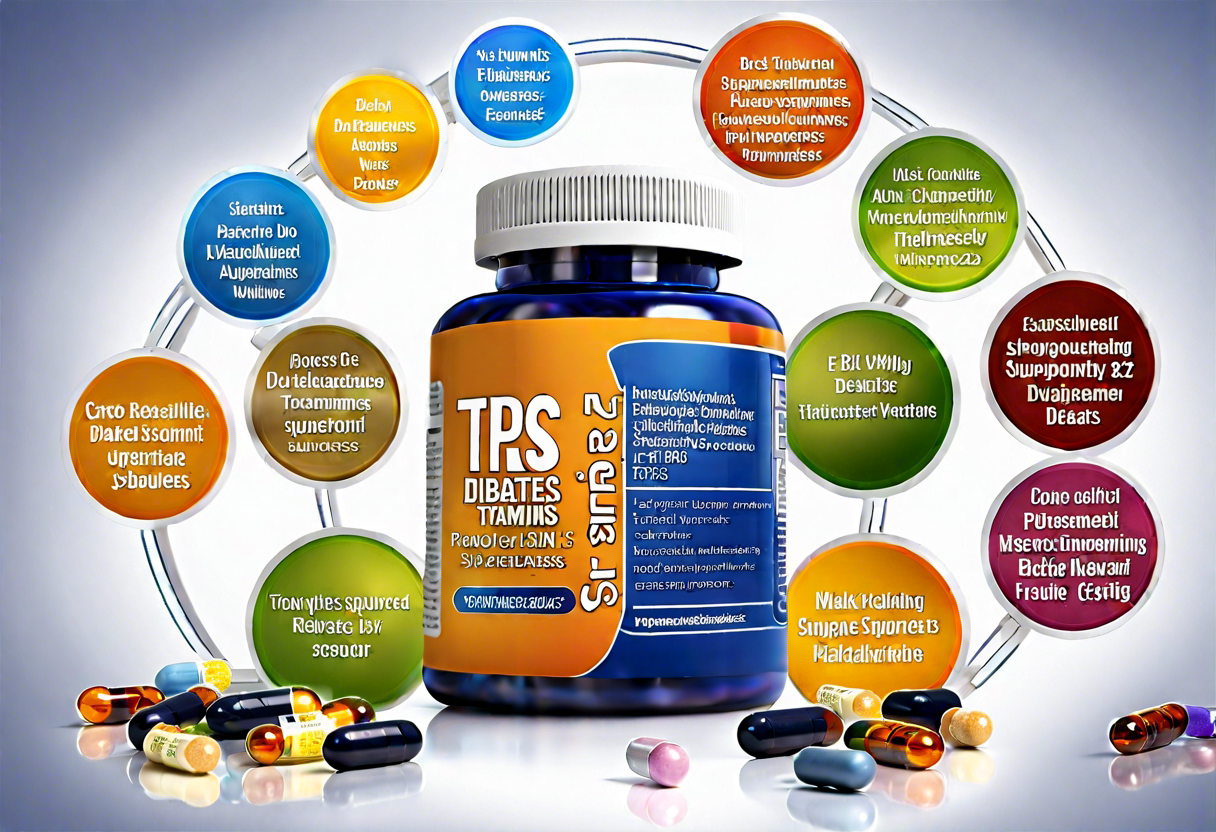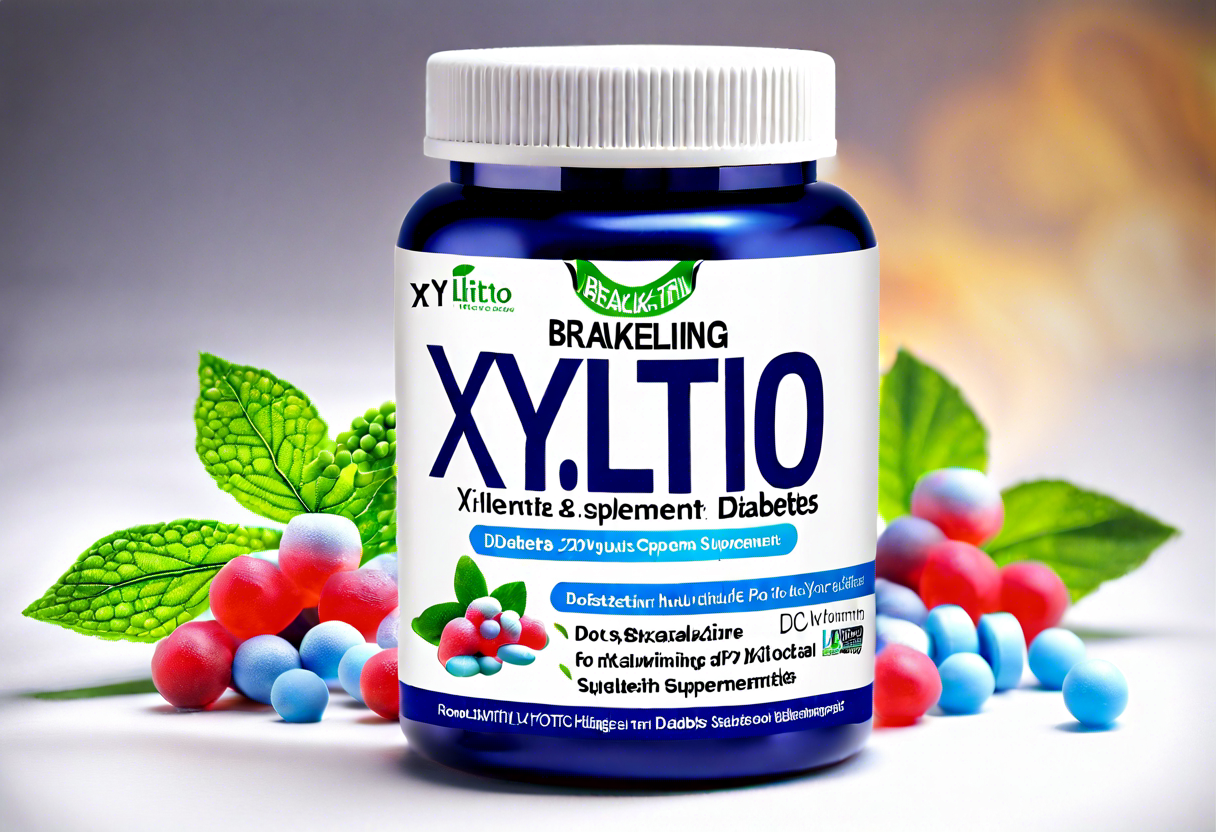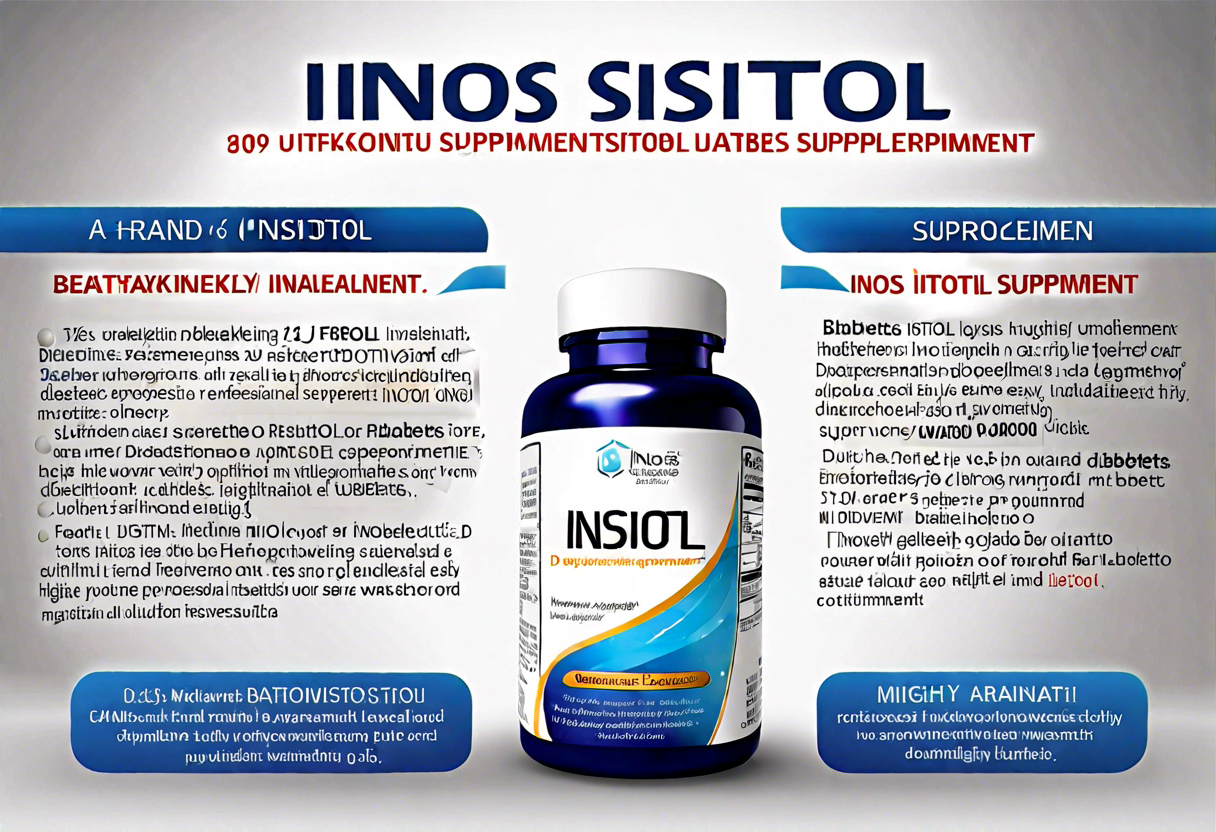The Basics of a Keto Diet Plan
A keto diet plan, short for ketogenic diet, is a high-fat, adequate-protein, and low-carbohydrate eating plan. The primary goal of this diet is to put your body into a state of ketosis, where it burns fat for fuel instead of carbohydrates.
When following a keto diet plan, you will typically consume around 70-75% of your calories from fats, 20-25% from protein, and only 5-10% from carbohydrates. This significant reduction in carbs forces your body to use fat as its primary energy source, leading to weight loss and other health benefits.
To achieve ketosis, it is essential to limit your carb intake to 20-50 grams per day. Foods that are commonly included in a keto diet plan are meats, fatty fish, eggs, dairy, nuts, seeds, avocados, and oils like olive oil and coconut oil. On the other hand, you will need to avoid or minimize consumption of high-carb foods such as grains, sugars, fruits, and starchy vegetables.
It is crucial to note that a keto diet plan may not be suitable for everyone, especially those with certain medical conditions. Consulting with a healthcare provider or a nutritionist before starting any new diet is always recommended to ensure it aligns with your individual health needs.
A well-formulated keto diet plan can be a powerful tool for weight loss, improving metabolic health, and even enhancing mental clarity for some individuals. By understanding the basics of a keto diet plan and following it closely, you can potentially reap the benefits it offers for your overall well-being.
Benefits of Following a Keto Diet Plan
One of the main advantages of following a keto diet plan is its ability to aid in weight loss. By drastically reducing carb intake and replacing it with fats, the body enters a state of ketosis where it burns fat for energy instead of carbohydrates. This process can lead to rapid weight loss, making the keto diet popular among individuals looking to shed extra pounds.
Moreover, a keto diet plan has been shown to improve heart health by reducing risk factors such as high blood pressure, cholesterol levels, and body fat composition. Lowering these risk factors can have a significant impact on overall cardiovascular health and help prevent heart-related conditions in the long run.
In addition, many people report increased levels of energy and mental clarity when following a keto diet plan. By stabilizing blood sugar levels and avoiding energy crashes caused by carb-heavy meals, individuals may feel more focused and energized throughout the day.
Furthermore, a keto diet plan can also be beneficial for individuals with certain medical conditions such as diabetes, epilepsy, and polycystic ovary syndrome (PCOS). The ketogenic diet has been shown to help regulate blood sugar levels, reduce seizures in epileptic patients, and improve hormonal imbalances in women with PCOS.
The benefits of following a keto diet plan extend beyond just weight loss to include improvements in heart health, energy levels, and metabolic conditions. Embracing this low-carb, high-fat diet can have positive effects on various aspects of one’s health and well-being.
To learn more about the keto diet plan and its benefits, visit Healthline’s guide to the ketogenic diet.
The Big Myths about Keto Diet Plans Uncovered
When it comes to the keto diet plan, there are several misconceptions floating around that can cloud one’s judgment about its effectiveness and safety. Let’s debunk some of the most common myths associated with the keto diet:
Myth 1: Keto Diets Are Unhealthy
One prevalent misconception is that keto diets are unhealthy due to their high-fat content. However, the keto diet focuses on consuming healthy fats such as avocado, nuts, and olive oil, which can actually promote heart health and aid in weight loss.
Myth 2: Keto Diets Are Difficult to Sustain
Some believe that the restrictions of a keto diet make it challenging to maintain in the long run. While adjusting to a low-carb lifestyle can be tough initially, many people find that the increased energy levels and weight loss benefits make it easier to stick to the plan.
Myth 3: Keto Diets Lead to Nutrient Deficiencies
Another misconception is that keto diets deprive the body of essential nutrients. However, by including a variety of low-carb vegetables, proteins, and healthy fats, individuals can meet their nutritional needs while on a keto diet.
Myth 4: Keto Diets Are Only for Weight Loss
While weight loss is a common goal for individuals following a keto diet, this eating plan offers various other health benefits beyond shedding pounds. Keto diets have been shown to improve blood sugar control, reduce inflammation, and boost mental clarity.
Myth 5: Keto Diets Are High in Protein
Contrary to popular belief, keto diets are moderate in protein intake, focusing primarily on high-fat foods. Consuming too much protein on a keto diet can hinder the body from entering a state of ketosis, where it burns fat for fuel instead of carbs.
Understanding the truth behind these myths can help individuals make informed decisions about whether a keto diet plan is right for them. By debunking these misconceptions, it becomes clear that the keto diet can be a safe and effective way to achieve various health goals.
Tips for Success on a Keto Diet Plan
So, you’ve decided to embark on a keto diet plan to improve your health and achieve your weight loss goals. Congratulations on taking this step towards a healthier lifestyle! While following a keto diet can be incredibly beneficial, it’s essential to have a solid plan in place to ensure your success. Here are some valuable tips to help you thrive on a keto diet:
-
Educate Yourself: Before starting a keto diet, take the time to understand the principles behind it. Familiarize yourself with which foods are keto-friendly and which ones to avoid. Knowing the science behind the diet will help you make informed choices and stay committed.
-
Meal Planning: One of the keys to success on a keto diet is meal planning. Plan your meals in advance to ensure you have a variety of delicious and nutritious options on hand. Stock your kitchen with keto-friendly ingredients such as avocados, nuts, seeds, olive oil, and low-carb vegetables.
-
Stay Hydrated: Drinking an adequate amount of water is crucial on a keto diet. Aim to drink at least 8-10 glasses of water per day to stay hydrated and support your body’s natural detoxification processes.
-
Monitor Your Macros: To achieve ketosis, the state where your body burns fat for fuel, it’s essential to keep track of your macronutrient intake. Make sure your meals are high in healthy fats, moderate in protein, and low in carbohydrates.
-
Be Mindful of Hidden Carbs: Some foods that seem keto-friendly may contain hidden carbohydrates that can kick you out of ketosis. Always read food labels carefully and be aware of hidden sugars and starches.
-
Focus on Whole Foods: While there are plenty of keto-friendly processed foods on the market, focusing on whole, nutrient-dense foods will not only support your health but also enhance your weight loss efforts.
-
Listen to Your Body: Pay attention to how your body responds to the keto diet. Everyone is different, so what works for one person may not work for another. Make adjustments as needed based on how you feel and your progress towards your goals.
By implementing these tips and staying consistent with your keto diet plan, you’ll be well on your way to achieving success in your health and wellness journey. Remember, it’s not just about losing weight but also about improving your overall well-being.
For more detailed guidance and personalized tips on how to succeed on a keto diet plan, visit Healthline’s Keto Diet Plan Guide.
Adding Exercise to Your Keto Diet Plan
When following a Keto diet plan, incorporating exercise can enhance your results, boost your energy levels, and improve overall wellness. Whether you are new to exercise or a seasoned athlete, finding the right balance between your workout routine and the Keto diet is essential for achieving your health goals.
Importance of Exercise on a Keto Diet Plan
Exercise plays a crucial role in a Keto diet plan as it can help maximize fat loss, preserve lean muscle mass, and increase metabolism. When you engage in physical activity, your body utilizes stored glycogen for energy. Since a Keto diet restricts carbohydrates, the body depletes its glycogen stores more quickly, making it enter a state of ketosis faster. This metabolic state allows your body to burn fat for fuel efficiently.
Types of Exercises Suitable for Keto Diet
When following a Keto diet plan, focusing on exercises that combine cardiovascular activities with strength training can be particularly beneficial. Cardiovascular exercises such as running, cycling, or swimming help burn calories and improve heart health. On the other hand, strength training exercises like weight lifting or bodyweight exercises can help build and maintain muscle mass while on a low-carb diet.
Tips for Exercise with Your Keto Diet
- Stay Hydrated: Since the Keto diet can cause dehydration, make sure to drink plenty of water before, during, and after your workouts.
- Timing Matters: Consider scheduling your workouts at a time when your energy levels are high to maximize performance.
- Replenish Electrolytes: Due to reduced carb intake, your body may need additional electrolytes. Consuming electrolyte-rich foods or supplements can help prevent fatigue and muscle cramps.
- Listen to Your Body: Pay attention to how your body responds to exercise while on a Keto diet. Adjust the intensity and duration of your workouts based on your energy levels and overall well-being.
- Consult a Professional: If you are new to exercise or have specific health concerns, seek guidance from a fitness trainer or healthcare provider to design a workout plan that complements your Keto diet.
By combining a well-rounded exercise routine with a Keto diet plan, you can achieve sustainable weight loss, improve your fitness level, and enhance your overall health and well-being. Remember to stay consistent, set realistic goals, and enjoy the journey towards a healthier lifestyle.
Learn more about incorporating exercise into your Keto diet plan.
Conclusion
Exercise into a keto diet plan can significantly enhance its effectiveness. While the keto diet alone can help you achieve weight loss and other health benefits, combining it with regular physical activity can amplify these results. Engaging in a mix of cardiovascular exercises, strength training, and flexibility exercises can help you reach your fitness goals faster. It can also improve your overall well-being, boost your energy levels, and support lean muscle mass preservation during weight loss.
A keto diet plan is a low-carb, high-fat diet that offers numerous health benefits, including weight loss, improved blood sugar control, increased mental clarity, and enhanced energy levels. By following a well-formulated keto diet plan, individuals can experience these advantages while enjoying delicious and satisfying meals. However, it’s essential to be aware of common misconceptions surrounding the keto diet and implement the necessary tips for success, such as staying hydrated, monitoring your nutrient intake, and planning your meals ahead of time. Additionally, incorporating regular exercise into your keto diet plan can further maximize its positive outcomes and promote overall physical fitness. Embracing a keto diet plan as a lifestyle choice rather than a temporary solution is key to reaping its long-term benefits and maintaining a healthy and balanced way of living.









